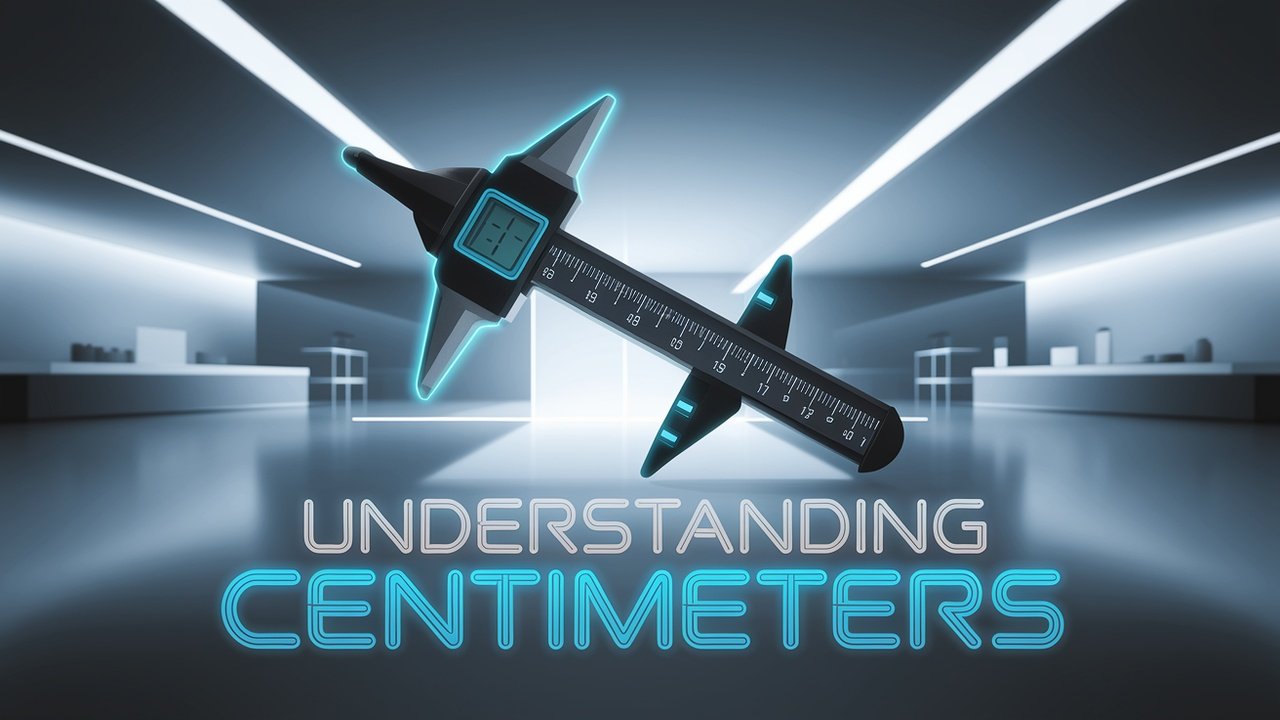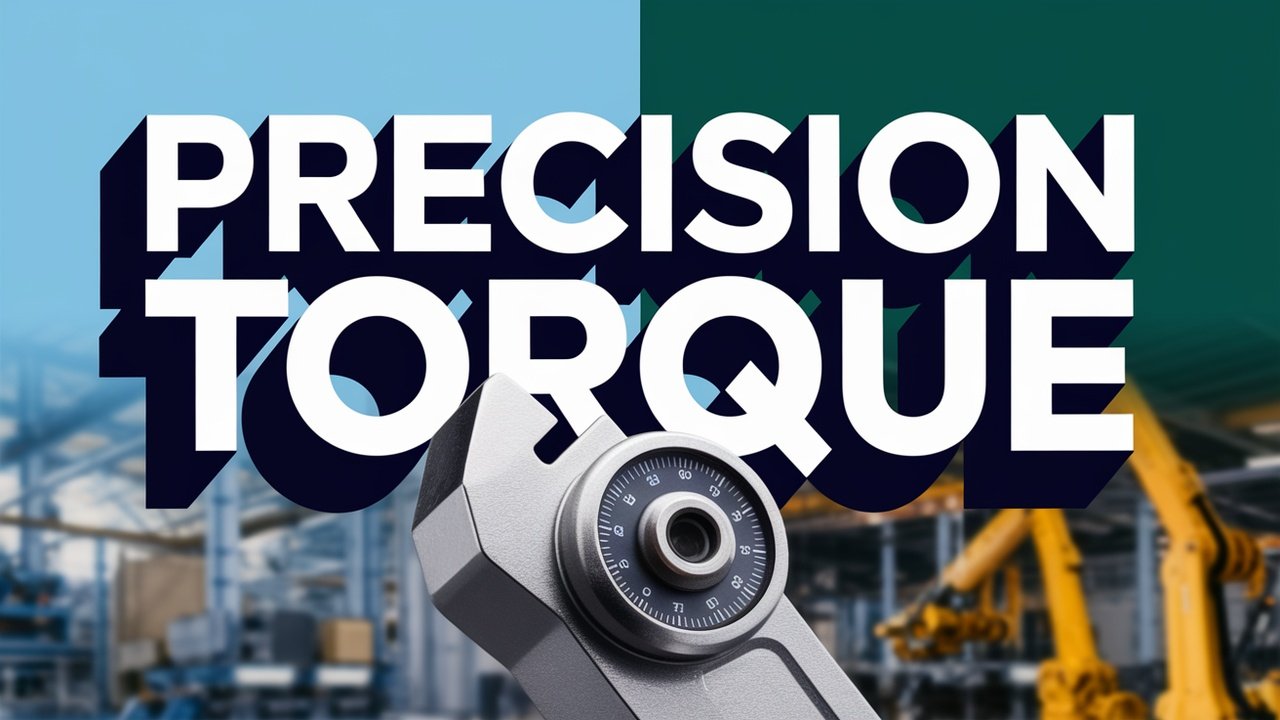Unpacking the 3 Crankset: Everything Cyclists Need to Know About Triple Chainring Drivetrains

Introduction: Why the 3 Crankset Still Matters in the Age of 1x and 2x Drivetrains
In recent years, cycling trends have leaned heavily toward simplicity. Many modern bikes—especially gravel and mountain bikes—now favor 1x (single chainring) or 2x (double chainring) drivetrains.
These configurations reduce complexity, weight, and potential mechanical issues. But for many riders—particularly tourers, commuters, and beginners—the 3 crankset, or triple chainring crankset, still offers unparalleled versatility and range.
Whether you’re climbing steep mountain passes, carrying heavy loads across continents, or just need a bike that adapts well to varied terrain, a 3 crankset could be your best ally. In this comprehensive article, we’ll explore everything you need to know about 3 cranksets: how they work, who they’re best for, how they compare to 1x and 2x systems, and tips for maintenance, compatibility, and upgrades.
Let’s gear up and dive deep into the mechanics and benefits of the triple crankset.
1. What Is a 3 Crankset?
A 3 crankset, often referred to as a triple crankset, features three chainrings mounted on the crank arm. These chainrings typically come in sizes such as 44/32/22 or 50/39/30 teeth, depending on whether the bike is a road, mountain, or hybrid model.
Each chainring is designed to offer a different gear range:
- Big ring (outermost): High gear for speed on flats or descents.
- Middle ring: Moderate gear for varied terrain or rolling hills.
- Small ring (innermost): Low gear for climbing steep inclines or hauling weight.
The front derailleur shifts the chain between these rings, giving riders access to a wide array of gear ratios.
2. Who Should Use a Triple Crankset?
Despite the industry’s shift toward 1x and 2x systems, the 3 crankset remains valuable for several categories of cyclists:
Touring Cyclists
- Often ride long distances with heavy panniers or gear.
- Need low gears for steep climbs under load.
- The wide range of a triple crankset prevents overexertion and fatigue.
Commuters
- Ride in urban areas with mixed terrain.
- Benefit from a broad gear range without having to fine-tune cadence constantly.
- Triple cranksets are common on hybrid or city bikes.
Beginner Cyclists
- Need forgiving gears for learning cadence and strength development.
- May not want to invest in high-end drivetrains initially.
Older or Rehabilitation Riders
- Riders who have knee concerns or physical limitations can use easier gears to minimize joint strain.
3. Anatomy of a Triple Crankset

Understanding how a 3 crankset works requires a quick overview of its main components:
Crank Arms
- These attach to the bottom bracket and connect to the pedals.
- Length varies (usually between 165mm and 175mm) depending on rider leg length and bike geometry.
Chainrings
- Three distinct rings offering various tooth counts for gear range.
- Often bolted to a spider, which is part of the crank arm or a separate piece.
Bottom Bracket
- The bearings and spindle assembly that allow the crankset to rotate smoothly.
- Must be compatible with the crank spindle type (square taper, Octalink, Hollowtech II, etc.)
Front Derailleur
- Shifts the chain across the triple chainrings.
- Needs to be appropriately sized for the large jump between rings (especially from small to big).
Shifters
- Often part of the brake lever (in integrated setups) or mounted separately.
- Must match the front derailleur for precise indexing.
4. Gear Range: Why the 3 Crankset Shines
The biggest advantage of a triple crankset is gear range.
Let’s compare typical gear combinations:
- Triple Crankset (50/39/30 + 11-32 cassette): Up to 30 gear combinations. Great for hills, flats, and everything in between.
- Double Crankset (50/34 + 11-32): Fewer low-gear options; sometimes lacks extreme climbing gears.
- 1x Crankset (42T + 11-42 cassette): Simpler but often requires larger jumps between gears, affecting cadence smoothness.
A 3 crankset provides closer gear steps, allowing you to maintain a more consistent pedal rhythm across varying terrain. This is especially helpful for long rides where efficiency matters.
5. Maintenance and Durability
Pros of 3 Crankset Maintenance:
- Chainrings can often be replaced individually, reducing cost.
- Compatible parts are widely available and affordable.
- Easier to tune than electronic systems.
Challenges:
- More moving parts mean more maintenance (especially front derailleur).
- Requires occasional cable tension adjustments.
- Chainline can be a concern—cross-chaining (e.g., small ring to smallest cog) leads to faster wear.
Regular maintenance tips:
- Clean and lube the chain regularly.
- Check chainring bolts for tightness.
- Inspect derailleur alignment monthly.
6. Compatibility Considerations

If you’re thinking about upgrading or converting to a triple crankset, keep these compatibility issues in mind:
Frame Clearance
- Your bike must have space for a front derailleur and three chainrings.
- Some modern frames are optimized for 1x or 2x only.
Front Derailleur and Shifters
- You’ll need a triple-compatible front derailleur.
- Your shifter must support three positions (many road STI or MTB trigger shifters do).
Bottom Bracket
- Confirm spindle type (square taper, Hollowtech, etc.) before purchasing a crankset.
- Some triple cranksets require longer spindle widths.
Rear Derailleur
- Long-cage rear derailleurs are often necessary to handle the large chain wrap needed for triple setups.
7. Comparing 3 Crankset vs 1x and 2x Systems
| Feature | Triple (3x) | Double (2x) | Single (1x) |
|---|---|---|---|
| Gear Range | Widest | Medium | Narrowest |
| Weight | Heaviest | Moderate | Lightest |
| Maintenance | Moderate | Lower | Lowest |
| Front Shifting Required | Yes (more frequent) | Yes | No |
| Ideal Use Case | Touring, beginners | Road performance | MTB, gravel, race |
| Cross-chaining Risk | Higher | Moderate | Low (no FD) |
8. Popular 3 Crankset Models
Some reputable models known for durability and performance include:
Shimano Tourney FC-TY501
- Common on entry-level hybrids.
- 48/38/28 tooth setup.
Shimano Deore FC-M6000
- Trusted mountain bike triple.
- 40/30/22 teeth, ideal for trails and climbs.
Sugino XD2
- Popular among touring cyclists.
- Retro styling with modern performance.
SRAM Truvativ Firex
- Affordable option for MTB and hybrid use.
- Great balance of price and performance.
9. Upgrading or Converting to a 3 Crankset
Many riders upgrade to a 3 crankset for touring or commuting. Here’s what to consider:
- Verify Compatibility – Frame, front derailleur mount, and shifter type must support triple.
- Rear Derailleur Capacity – Must be able to handle increased chain wrap.
- Install a Longer Chain – Triple systems require longer chains to wrap around all chainrings and cogs.
- Tuning the Front Derailleur – May require micro-adjustment to avoid rubbing.
If converting from a 1x or 2x, expect to also change shifters and front derailleur—possibly even the front cable routing.
10. Conclusion: Is the 3 Crankset Right for You?
The 3 crankset may not be the flashiest drivetrain on the market, but its flexibility, affordability, and accessibility continue to make it a smart choice for many riders. While racing and high-performance segments may favor lighter 1x or 2x setups, the triple shines where comfort, utility, and all-terrain capability matter most.
If you’re planning a long tour, new to cycling, or need a go-anywhere, do-anything bike, don’t let trends dissuade you from the tried-and-true triple. Sometimes, having more gears at your fingertips isn’t overkill—it’s the smartest move you can make.







